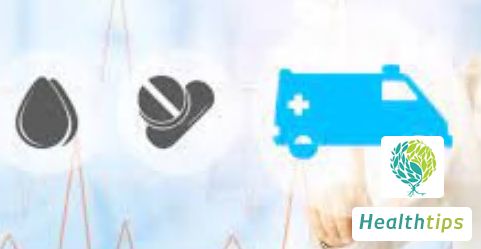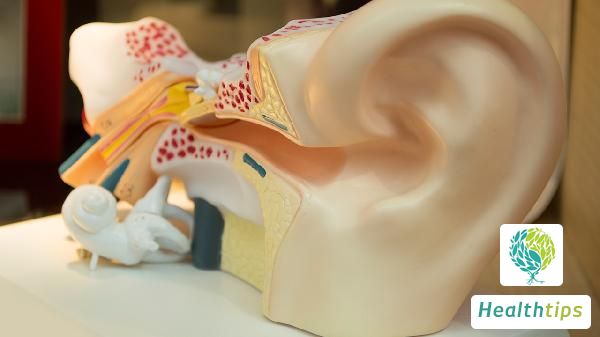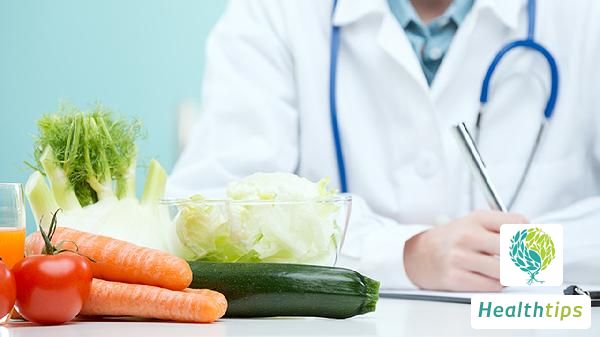What are the foods rich in vitamin C?
Vitamin C, known as the beauty vitamin, has increasingly garnered attention and popularity, especially among women who value their appearance. They often prioritize its intake in their daily lives. Many common foods contain significant amounts of Vitamin C, including fresh fruits like kiwi, oranges, and lemons, as well as vegetables such as green peppers, cabbage, and tomatoes. Consuming these foods offers numerous benefits to one's health.

Foods rich in Vitamin C include prickly pear, wild jujube, fresh dates, seabuckthorn, guava, Chinese gooseberry (kiwi), hawthorn, strawberries, papaya, longan, lychee, oranges, persimmons, and citrus fruits.
1.1 Fresh Dates: Many people associate Vitamin C-rich fruits with lemons, strawberries, and oranges. However, fresh dates contain significantly higher levels of Vitamin C than these fruits, with 243 mg/100g. This amount is four times higher than Chinese gooseberry, 11 times higher than lemon, and 61 times higher than apples. Given that the recommended daily intake of Vitamin C for adults is 100 mg, consuming 3-4 medium-sized fresh dates (assuming 13g of edible portion) can basically meet one's daily Vitamin C requirement.
1.2 Guava: Also known as pomelo, guava contains 68 mg/100g of Vitamin C, comparable to Chinese gooseberry. Consuming one medium-sized guava daily is sufficient to meet one's daily Vitamin C requirement.
1.3 Chinese Gooseberry (Kiwi): With 62 mg/100g of Vitamin C, Chinese gooseberry has higher levels than fruits like strawberries, papaya, longan, and persimmons. Eating two medium-sized Chinese gooseberries (assuming 100g of edible portion) can basically meet one's daily Vitamin C requirement.
1.4 Hawthorn: Hawthorn contains 53 mg/100g of Vitamin C, with some varieties reaching up to 98 mg/100g (due to differences in origin and cultivar). Although it may not compare to fresh dates, its Vitamin C content is still 2.4 times higher than lemon and 13 times higher than apples.
1.5 Strawberries: Strawberries contain 47 mg/100g of Vitamin C, which is less than fresh dates and Chinese gooseberry but significantly higher than apples (4 mg/100g) and pears (6 mg/100g). Strawberries are considered a rich source of Vitamin C among fruits.
2.1 Prevention of Iron-Deficiency Anemia: Vitamin C participates in complex chemical reactions in the body, enhancing immunity and promoting iron absorption. Adequate intake of Vitamin C can prevent iron-deficiency anemia.
2.2 Formation of Collagen: Vitamin C is involved in the formation of collagen, which gives our skin elasticity and gloss. It has a significant anti-aging effect and can also increase the elasticity of blood vessel walls, effectively preventing diseases like cardiovascular and cerebrovascular sclerosis.
2.3 Antioxidant and Anti-Aging Properties: A famous experiment demonstrates the powerful antioxidant properties of Vitamin C. When apples are cut into halves and one half's cut surface is coated with Vitamin C while the other half remains untreated, the untreated half turns significantly darker after a period of time, while the coated half remains unchanged. This illustrates the remarkable antioxidant capabilities of Vitamin C, making it a cherished companion for many women.
2.4 Enhanced Resistance: Vitamin C can enhance the bactericidal ability of white blood cells, thereby strengthening the body's resistance.



















